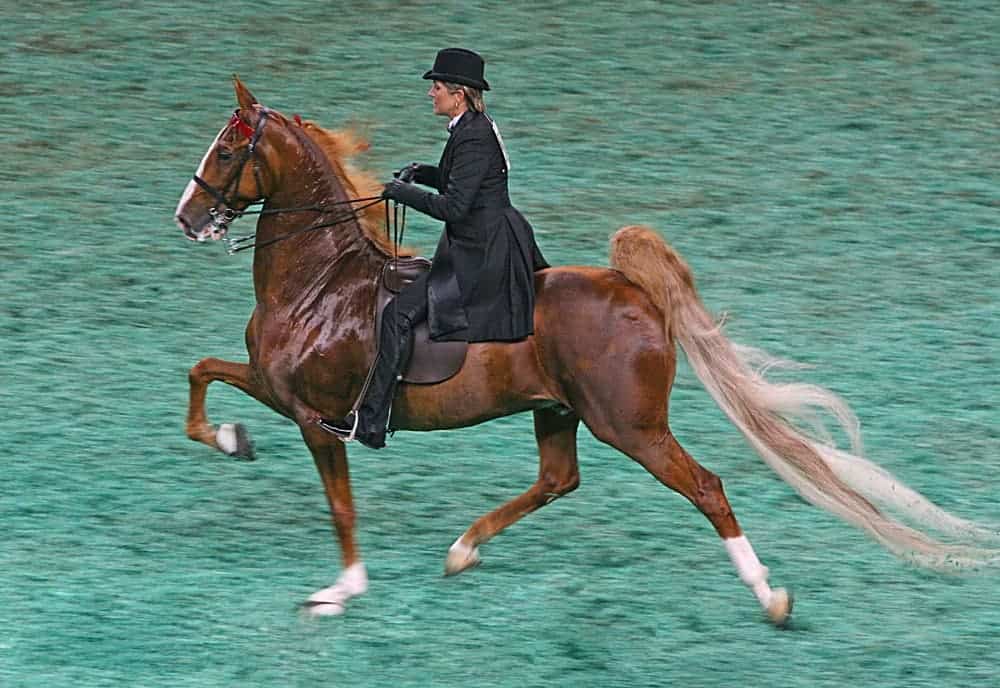
For long journeys, horses used to be the most reliable mode of transportation since ancient times. Riding a horse all day, weeks on end, can be extremely tiresome, but things got a lot easier around the year 900 C.E.
More than a thousand years ago, some horses developed a gene mutation that allowed them to move both side legs at the same time. This ability, known as ambling gait, enables the horse to travel just as fast as it would have galloped while subjecting the rider to far less ‘turbulences’ making his journey more comfortable. All ambling horses alive today have this gene, and scientists believe it first originated in England, then was spread to mainland Europe by the Vikings.
The gene that made bumpy rides a lot smoother
Scientists first discovered DMRT3 — the gene that enables ambling gait — in 2012, but it took a while before they could understand how the gene works or when it first surfaced. Now, a team of researchers under the leadership of the Leibniz Institute for Zoo and Wildlife Research (IZW) in Berlin claims it has the answer.
The scientists sequenced the genomes of 90 horses who lived from as far back as the Copper Age (6000 BC) to the Middle Ages (11th century). The mutation was detected in samples originating from two English horses dating from 850 to 900 C.E., but most frequently in Icelandic horses dating to the 9th to 11th century. However, Scandinavian horses which lived around this period lacked the mutation.
Because it’s very improbable that both English and Icelandic horses independently developed this gene mutation, considering no other horses from Europe had the gene, the scientists speculate ambling gait first appeared in medieval England. The new breed was then transported to Iceland by the Vikings who were frequently raiding the British isles, then to the mainland of the continent.
“Taking that into account our results suggest that Vikings first encountered gaited horses on the British Isles and transported them to Iceland,” explains Saskia Wutke, PhD student at the IZW and first lead author of the study published in Current Biology.
At the time, Iceland had a very small population of horses, so it must have proved very easy for the Vikings to cross-breed the local variety with the new English imports. The mutation is now found in many breeds and many different ambling styles exist. This style, is in fact, essential to the racing performance of trotting horses, previous studies have shown.





